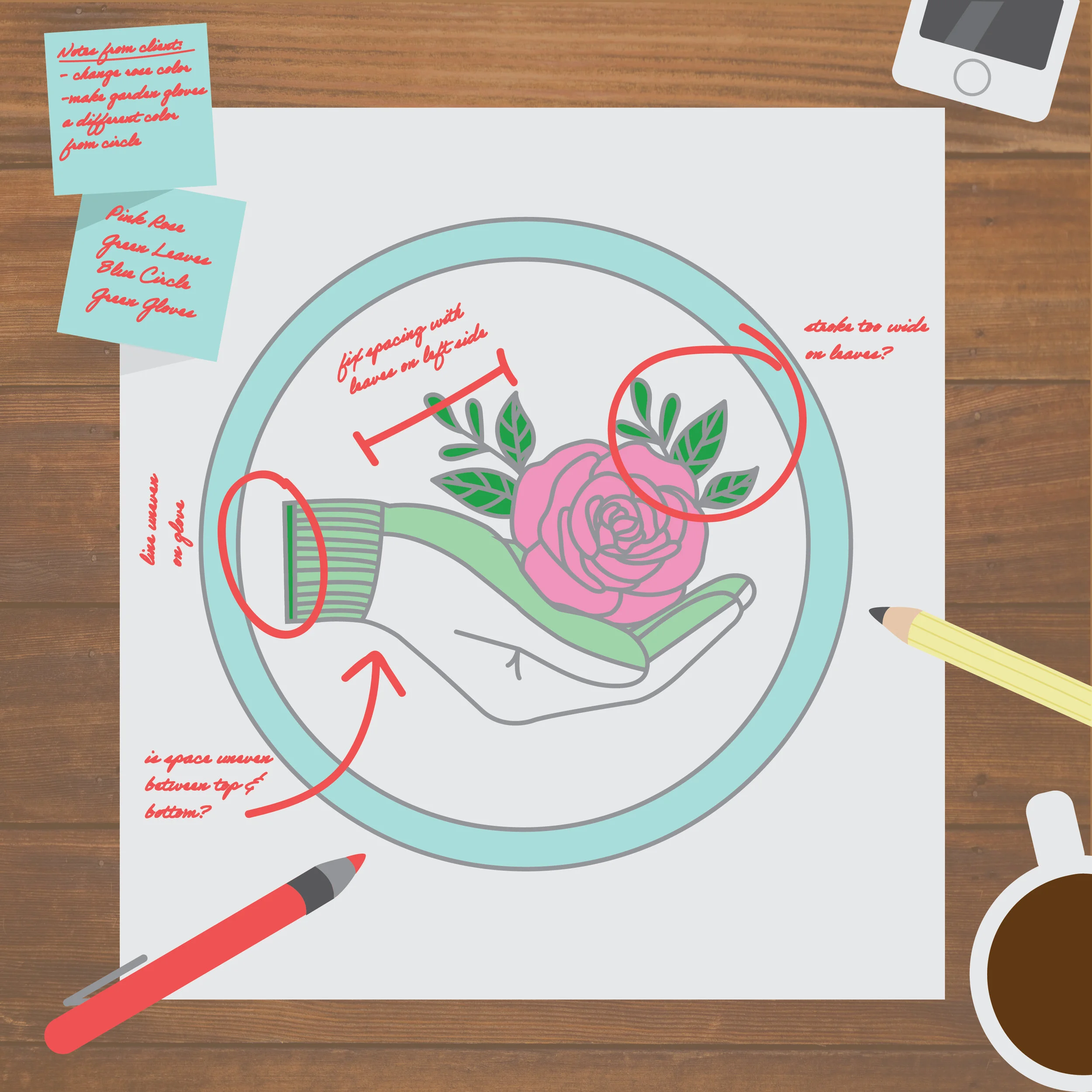MY DESIGN PROCESS
Every designer has their own way of going about their work. One of the things that drew me to the field was the problem-solving aspect of graphic design. I believe learning does not stop after you leave school, and I look at every new project as an opportunity to learn something new. Here are the fundamentals of my process:
INQUIRY & RESEARCH
One of the reasons I love working as a graphic designer is that it touches almost every other profession in some way. Everyone utilizes design in order to enhance their own profession, and that allows me to learn about other walks of life. I’ve worked with clients from the jewelry industry, opera companies, gardening organizations, breweries, and everywhere in between.
Every new client is a new learning opportunity. During the inquiry, I ask as many questions as I can to understand the client and their project as comprehensively as possible. I find this time period also aids the client in understanding the intricacies of the design process, and allows them to consider aspects of their project they may not have considered at first. Once there is a mutual understanding of responsibilities and expectations, the research can begin.
It is important to understand what is currently existing in the world in order to create anything new. I take into account any inspirational images the client provided me with, as well as venturing out into the world to find my own inspiration. Once I feel I have an adequate amount of knowledge, I can begin the next part of the project: sketching and building.
SKETCHING & BUILDING
Sketch it out. Sketch it out again. And again. Once more. Okay, maybe three times more. If you like it, move on to another concept and begin sketching that one. Rinse and repeat.
This portion of the project includes a lot of post-it notes and paper scraps. I prefer to work out my ideas on paper before I take them to the screen. Once I have worked out my concepts to an iteration I feel satisfied with, I will begin to build them in the appropriate program. I am proficient in Adobe Creative Suite, and can use a variety of programs to build the best result.
Good bones make for a good structure to base everything else off of. I make a point of organizing my digital files (layers, groups, folders, etc.) as I produce them, making the process smoother as I work through future iterations. I choose my best work from the sketching process, and then my best work from the building process, and present it. These initial pieces are important, as they open up another level of communication with the client about what direction they would like to continue in. From here begins the next step: refining and perfecting.
REFINING & PERFECTING
After the initial drafts are approved, I work with the client to refine and perfect their project. Any criticism is used to improve the piece, and an open flow of communication ensures that the client is being not only heard, but understood.
Once the project has been perfected and approved by the client, I package any collateral needed for it to be functional out in the world. I build my files to be user friendly, labeled and sorted in a clear and concise way.



